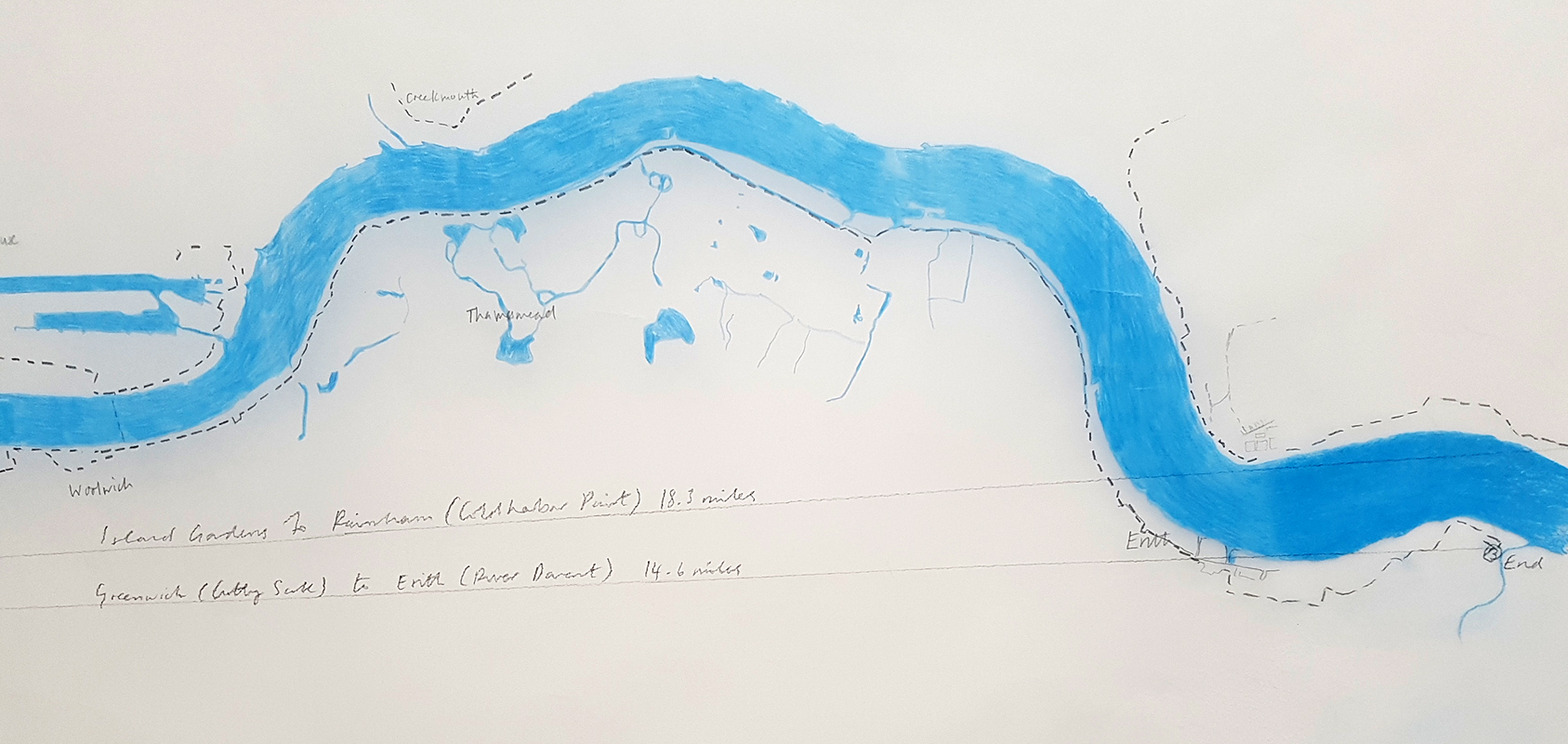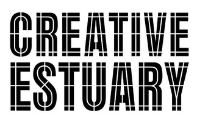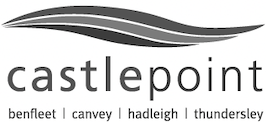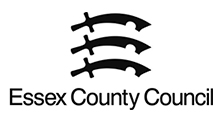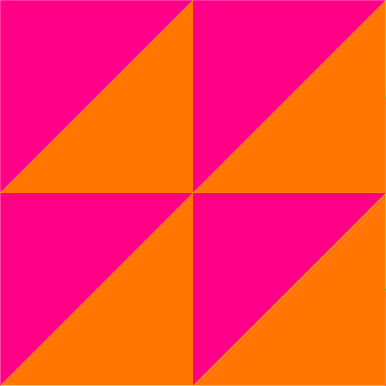Thames Run: Source to Sea
Thames Run: Source to Sea is a live artwork and durational run/performance to be undertaken by the artist following the length of the River Thames from source to sea from Monday the 31 May to Sunday 13 June 2021, inclusive.
Starting at Thames Head, in Kemble, Gloucestershire, the journey will end at The Isle of Grain on the south side, connecting with the artist’s Kentish roots. It will take place over a continuous period of 14 days, with the route split into 14 sections and the artist running an average of 17 miles a day.
To cater for the physical demands of the work, and due to the ongoing precarity of booking hospitality venues, the artist has hired camper-van and assistant to drive to identified locations enroute, to enable her to rest and to recharge equipment overnight, before continuing the next day. The use of mobile and Internet technologies will be at the heart of the work and key to the mediation and dissemination of the artwork as a live event.
Audiences will be able to track the artist’s movements online using GPS tracking, live streaming and social media. In addition, she will write a blog entry at the end of each day. The blog will be specific to the project and act as a live journal and document of the project as it is taking place.
Veronique's Blog
Live Streaming of Veronique's movements
GPS Tracking of Veronique's movements – to find tracks type Vero_350 in the dialogue box and click find.
Key dates
Mon 31 May: Day 1: Kemble to Castle Eaton approx.16.65 miles
Tues 1 June: Day 2: Castle Eaton to Tadpole Bridge, approx. 16.5 miles Weds 2 June: Day 3: Tadpole Bridge to Oxford, approx. 20 miles
Thurs 3 June: Day 4: Oxford to Clifton Hampden, approx. 15.18 miles
Fri 4 June: Day 5: Clifton Hampden to Goring Upon Thames, approx. 16.12 miles
Sat 5 June: Day 6: Goring Upon Thames to Shiplake, approx. 18.75 miles
Sun 6 June: Day 7: Shiplake to Cookham, approx.15.54 miles
Mon 7 June: Day 8: Cookham to Runnymede approx. 16.82 (Or: Cookham to Laleham, approx. 20.7 miles)
Tues 8 June: Day 9: Runnymede to Kingston, approx. 18.7 miles (Or Laleham to Richmond, approx. 18 miles)
Weds 9 June: Day 10: Kingston to Waterloo, approx. 20.6 miles (Or: Richmond to Waterloo, approx. 15.9 miles)
Thurs 10 June: Day 11: Waterloo to Belvedere, approx. 18.65miles
Fri 11 June: Day 12: Belvedere to Northfleet, approx.19.6 miles
Sat 12 June: Day 13: Northfleet to All Hallows approx. 19.1 miles
Sun 13 June: Day 14: All Hallows to Isle of Grain, approx. 5 miles
Alongside this, a series of video works, following each section of the plotted route to be run from the perspective of GoogleEarth, can be viewed in advance here. This related project was made during the first Covid-19 lockdown when even movements outside were restricted. It was shown as part of TotallyThames2020, in partnership with the Thames Festival Trust, and also acts as further planning for the real event taking place in June for the Associated Programme of Estuary2021.
N.B. The stop points shown indicate the original planned places of rest, whereas the revised activity will use a pre-booked camper-van. Due to this, although the locations will stay the same, actual stopping points may differ.
About the artist
Véronique is an artist and lecturer with a long term interest in the representation of the body and its relationship to performance, documentation, technology and the embodied dynamics of spectatorship. Over the last 13 years, she has developed an endurance running art practice as part of a larger inquiry into the performative nature of human physical activity, in the interplay between the body and technology. The runs she undertakes are performed in specific places along pre-determined routes and are mediated to an audience live through mobile technology that tracks her journey as it is taking place and relays images of her viewpoint and location.
She aligns this work to performance art practices in the ways in which the limits of her body are tested through the physical demands of long-distance running, whilst the limits of technology are also challenged through the ways in which she communicates that experience to others. In doing this, she does not attempt to demonstrate the reliability (or not) of technology to convey a first-hand, ‘lived’ experience, but points to the increasing presence of technology in our everyday environment: to the proliferation of technology as a primary means of communication and of mediating experience; to the ‘need’ to always be connected; to the fallibility of the human body and of technology. Rather than make claims to a ‘loss’ in visceral experience, she looks to how different technological formats might constitute new ways of thinking about the experience of place, and of creating new mediated spaces. At the same time, she also considers how the nature of our engagement with technology also grounds us in our own physicality by drawing attention to questions of presence and embodiment in the dynamics between recording and representation.
To develop an art practice using long-distance running has enabled Véronique to work with concepts of endurance, through engaging with an activity that by its nature is self-governed, solitary and physically demanding. She says: “I am not good at running and running definitely does not come naturally to me. Running, particularly long-distance running, is something I find particularly difficult and challenging; it hurts, it makes me feel vulnerable and weak, but it also makes me feel attuned to my senses and to the limits of my body: I have to think about my heart rate, about breathing, about pace, about hydration, about food, about energy, about injury, about not falling over. In this sense I find running a fundamentally human activity. I am not interested in competition nor am I interested in achieving a personal best, but I am interested in the continuous tension it holds for me between success and failure. More importantly, it is for me about being in the present moment.”

 maybe later
maybe later
